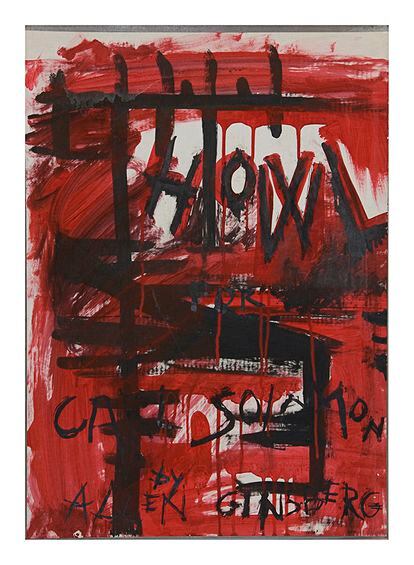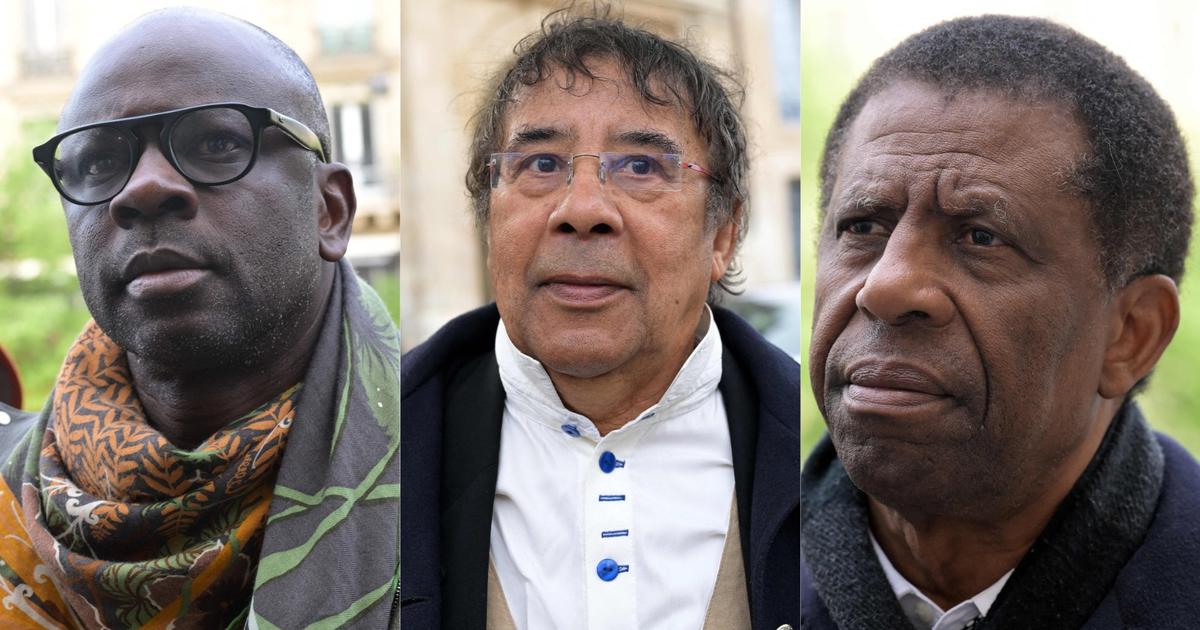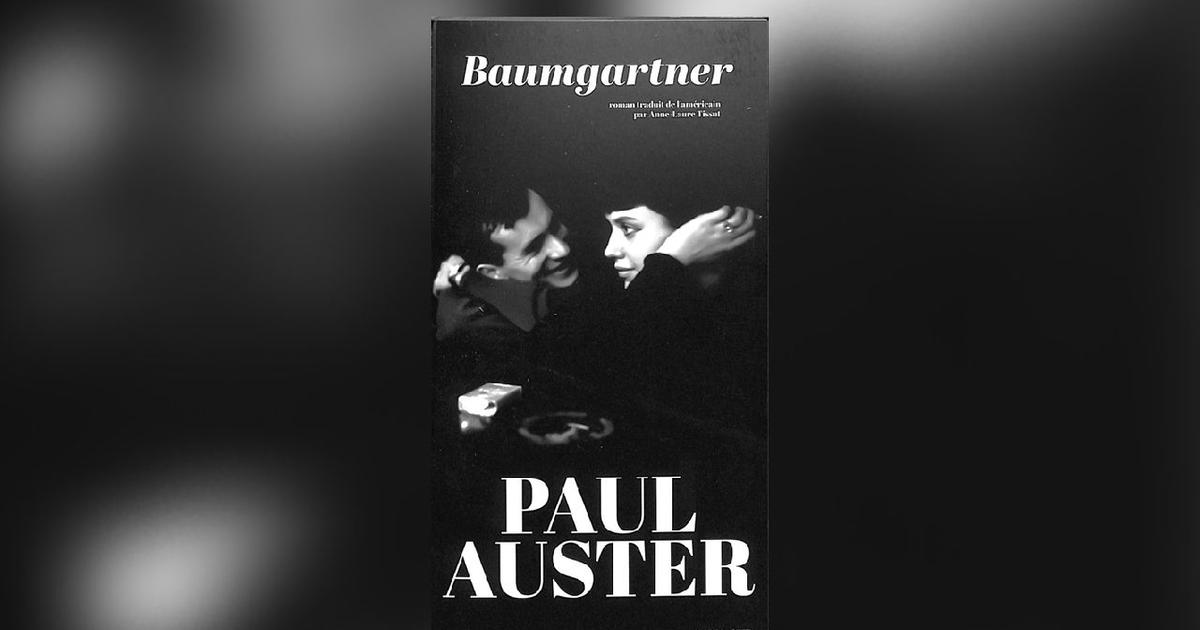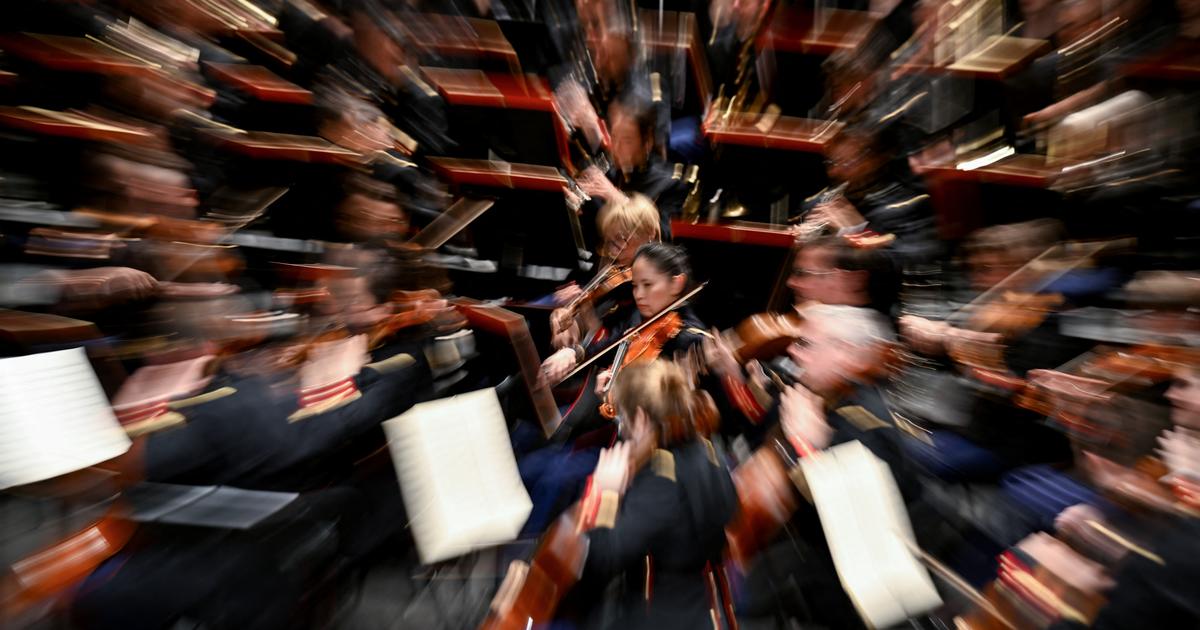Each age produces its poetry.
But all good poetry transcends its time.
What elements define good poetry?
There are many, of course, but one of them is, without a doubt, that represents the concerns, the hopes and the prophecies or expectations
—The Zeitgeist, at last — of the time when it is written.
Young Americans in the 1950s saw their country, after World War II, acquire the public image of representing the highest planetary strength and generosity.
However, they would experience the explosion of two atomic bombs (Japan), an ongoing war (Korea) and a recently launched Cold War, with its aggressive arms race and its determination to impose itself as a global leader.
This imperialist policy was accompanied by a very conservative government that flaunted its expanding economy and impeccable moral capital ... which included the activities of the HUAC (House Un-American Activities Committee, the body in charge of monitoring
closely to any citizen suspected of dissenting from
your policy), report others with
sympathizing with communists, granting second-class treatment to women, criminalizing homosexuality and keeping a significant part of the population, the black, in a severe apartheid regime.
From that there and then, the generation of Beat poets emerged.
What began as a literary movement ended up becoming a social one with an international dimension.
The word Beat, used for the first time by Jack Kerouac, one of the main exponents of the movement, referred to
to be beaten, frustrated, exhausted, but also to the influence of
Zen
beatitude
and the rhythmic unity much associated with jazz music, which was the backdrop of that generation.
A music that arose precisely from the hardest hit, most persecuted, most exhausted margins.
The Beat (also called beatniks) not only questioned Puritan (America of Milk and Honey) and corporate values, but they vociferously challenged them.
In 1955 a young New Yorker, intense and irate, reads, in a cafe in San Francisco, a poem that deeply touched the chord of some members of
that generation that feels corseted.
Howl (Howl)
declaimed as explosively as befits
its content will be from then on the poem / flag, the metaphysical protest of the movement.
In it Allen Ginsberg dissected the country's cynicism using metaphors and language that were immediately deemed obscene.
The poem was banned, its author was prosecuted and, for this very reason, the state itself helped increase Beat's antagonism towards everything that smelled of the
establishment
.
One of the works in the exhibition 'Howl', by Angiola Bonanni, at the Brita Prinz Gallery.Julia Bonanni
In 1957, the novel was published that, according to many, launched these youth who knew what they did not want, but not yet what they wanted, onto the country's highways.
Jack Kerouac had written
On the Road
five years earlier, in feverish days, about a
36 meter long telex roll never corrected.
A vagabond and alcoholic journey through the less frequented routes of the United States, accompanied by another character from the Beat pantheon, Neal Cassady.
Both
Howl
and
On the Road
were texts / cataracts exempt from rhyme one, the other from plot, but united by direct writing, absent of punctuation, rapt and spontaneous that inspired
in jazz improvisation and strictly described the adventures or personal feelings in the
moment they were shaped.
What Ginsberg enunciates in a structure never rehearsed before —78 lines of poetic prose — is a collective litany, a labyrinthine enumeration that includes
his personal frustrations and those of his generation, the analysis of capitalism and its consequences, the criticism of the educational system, the alert to the destruction of planet Earth, to institutional violence, to social and political exclusion.
It is said that the Beat generation itself ended with the premature death of Jack Kerouac in 1969, but the truth is that the broad group of poets (Burroughs, Corso, Snyder, Kaufman, Jones, Di Prima ...) that made up this North American existentialism, They were the outpost of the next generation, that of the hippies, led by Timothy Leary, Bob Dylan and a long etcetera. Ginsberg, over the years and his forays into India, went from an enraged young man to a Buddhist-inspired guru, continuing to defend, until his disappearance in 1997, none of his initial ideas. His themes, his criticisms, his claims are still as valid now as when he raised his voice. Are we not proving the identity of capitalism with
Howl
's Moloch
?
Aren't things the same?
"Love is endless oil and stone, whose soul is electricity and banks ...", howls the poet.
In his poem, Allen Ginsberg dissected US cynicism using metaphors and language that were immediately deemed obscene
I saw Ginsberg several times in the East Village riding his bike, hair and beard blowing in the wind, smiling at nothing.
Recite, instead, only once.
On a small stage in the same neighborhood, along with another big one, his friend Pedro Pietri, the
quintessential
Spanglish poet, co-founder of the Nuyorican movement.
Same concerns, same connection with the audience, same poetic level, same sense of humor.
Pietri kept falling off the pages where he had written
his ode to the city subway and
reading became a collage of what was written and what was improvised.
Ginsberg, to the rhythm of his drum, recited his
don't smoke, don't smoke, smoke, smoke, smoke,
with which
He advised not to smoke (tobacco, the official drug, as he called it, from which he never managed to disengage), but ended with the opposite message.
Isn't this the same ambivalent message that capitalism continues to use today when it tries to listen to the earth, accept different sexualities, stop the exclusion of entire groups of citizens, review the policy of drug prohibition, police violence, racism ?
All this crossed my mind - none, of course, of those alluded to by Ginsberg in his legendary verses: "I have seen the best minds of my generation destroyed by madness ..." -, when visiting the exhibition of the Italian artist Angiola Bonanni, rooted in Madrid since 1962. That year he read
Aullido
for the first time
, and from the impact emerged eleven powerful gouaches on paper - full of fiery red and energetic brush strokes - containing fragments of the poem. The full text appears displayed on one of the walls, following the recently edited version - another proof of its validity - by Poe Tree. Bonanni thus prolongs his living relationship with
Howl
, which already in October 2021 inspired him a set of
giclées
(high-quality digital prints), entitled
Moloch-Algoritmo,
where the first word was systematically replaced by the second, thus underlining the continuity between today's digital society and the oppressive one against which the Beat revolted.
'
Howl'
,
by Angiola Bonanni.
Brita Prinz Gallery.
Madrid.
Until January 21.
You can follow BABELIA on
and
, or sign up here to receive
our weekly newsletter
.
Sign in to continue reading
Just by having an account you can read this article, it's free
Sign upLogin
Thanks for reading EL PAÍS









